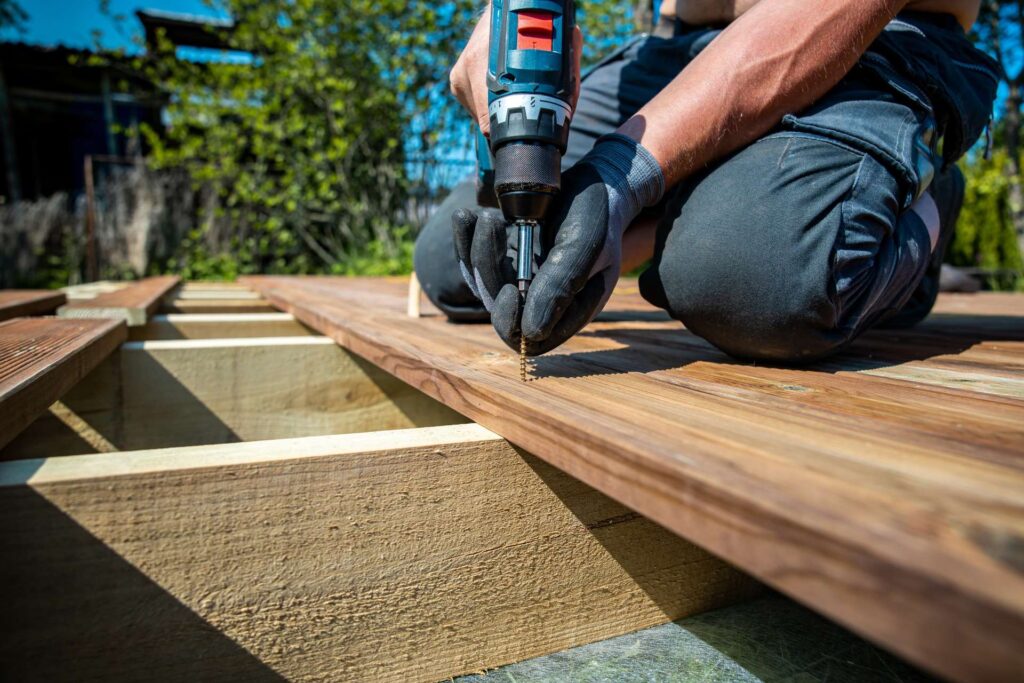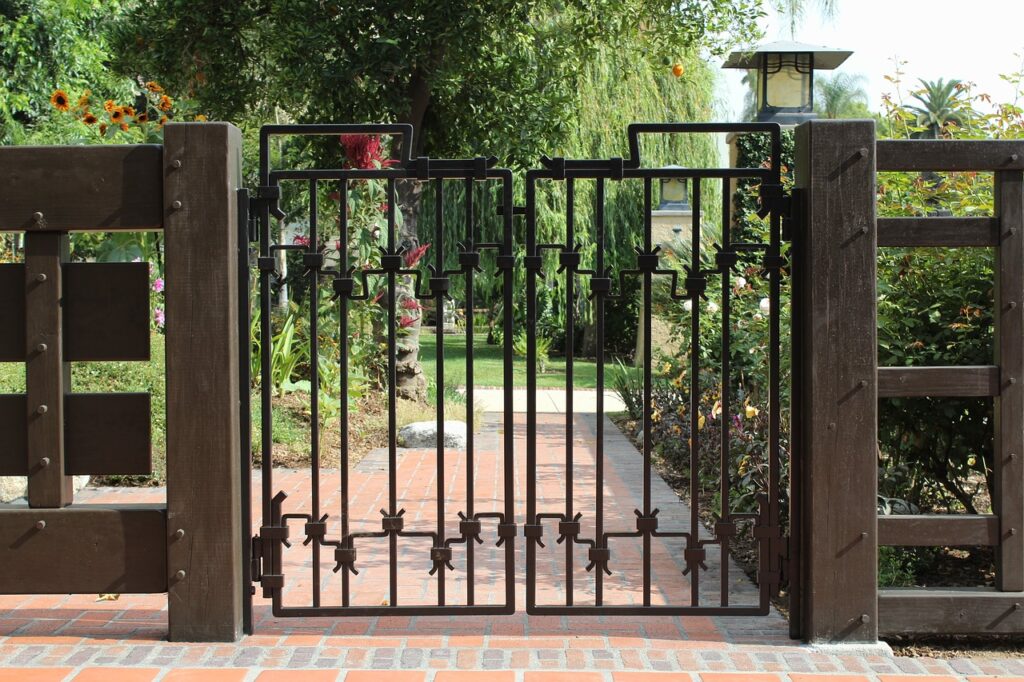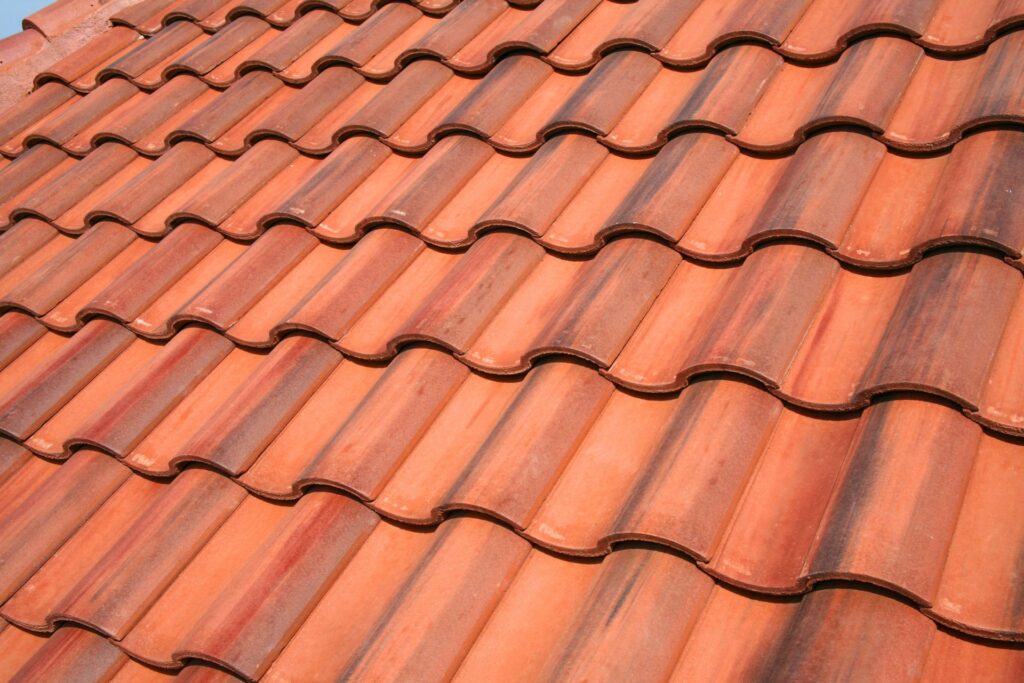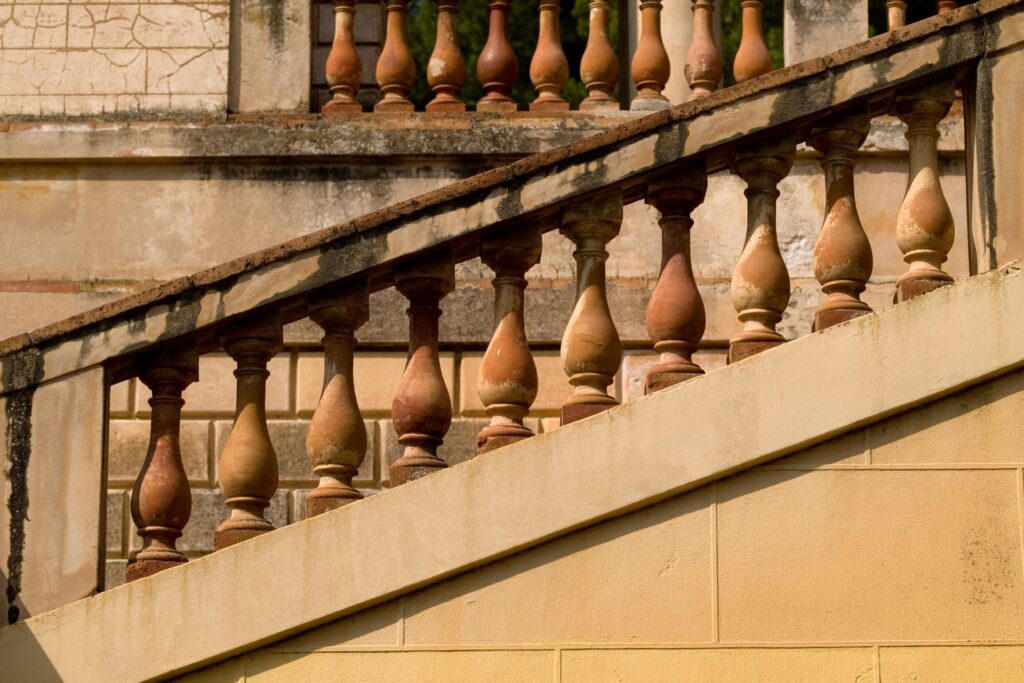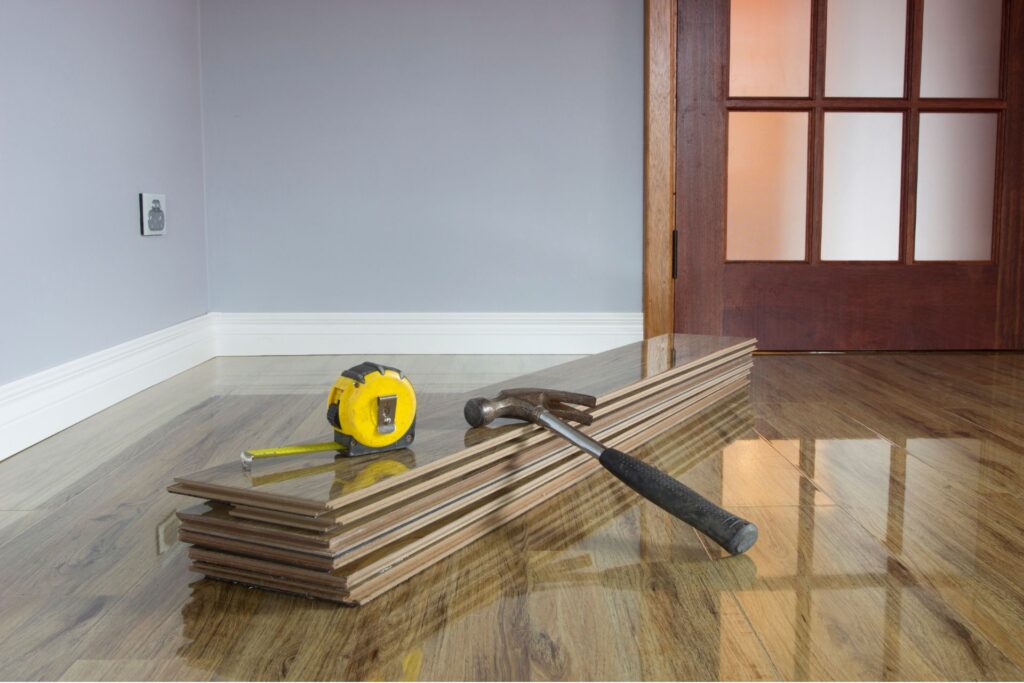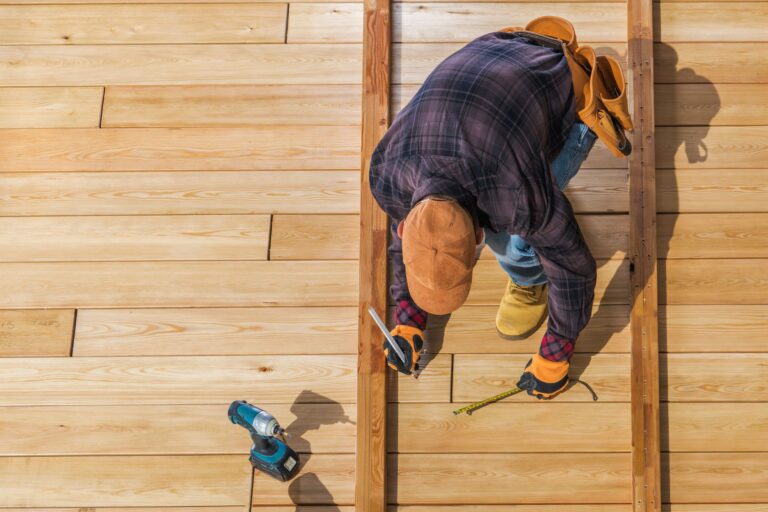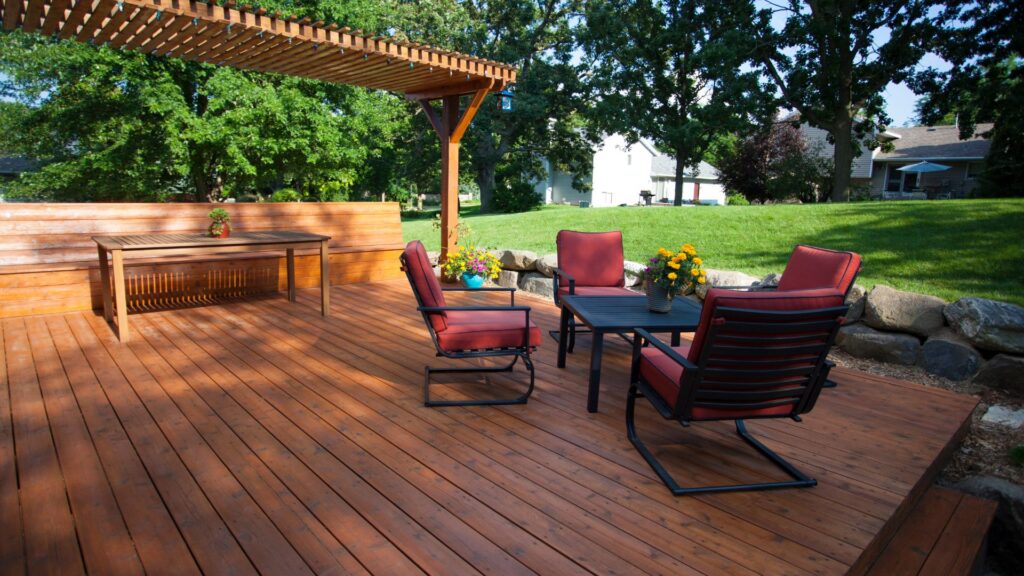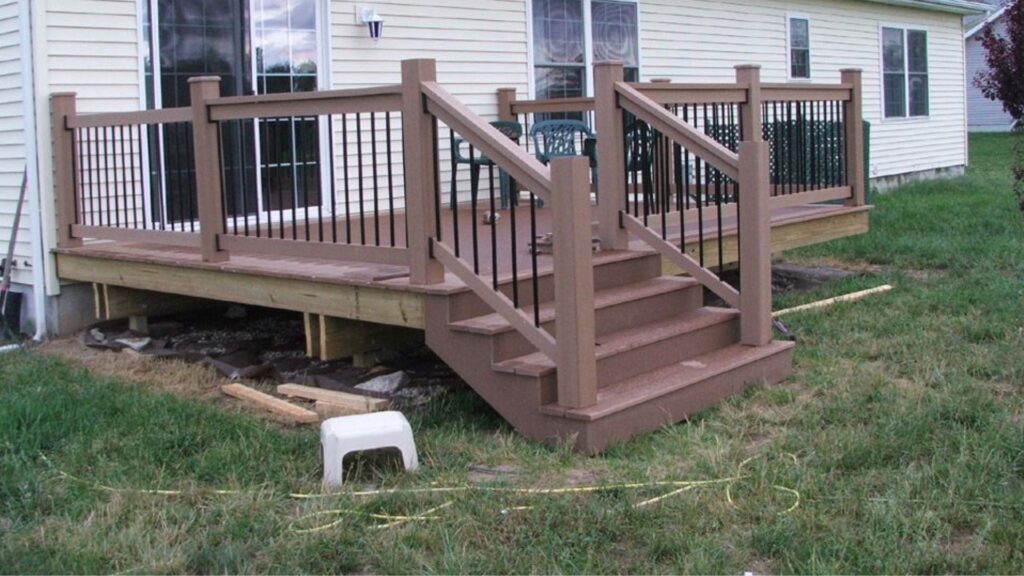The choice of decking material is a pivotal decision for New Zealand homeowners looking to enhance their outdoor living space. With the country’s unique climate and stunning natural landscapes, the deck becomes a central feature of home life. This guide explores the two leading contenders in the decking world: traditional timber and modern composite materials. We’ll delve into durability, maintenance, cost, aesthetics, and environmental considerations to help you make an informed choice.
Choosing between timber and composite decking in NZ involves considering factors like cost, maintenance, durability, and aesthetics. Timber decking offers natural beauty and a classic look but requires regular maintenance to protect against weathering. Composite decking, made from a blend of wood fibers and plastics, provides a durable, low-maintenance alternative with a higher initial cost but potentially lower lifetime expenses. When selecting decking material, consider your budget, lifestyle, and the specific environmental conditions of your NZ home to make an informed decision that suits your outdoor living space needs.
Understanding Decking Materials
What is Timber Decking?
Timber decking is synonymous with classic outdoor styling in New Zealand. It’s made from natural wood, which can range from local favorites like Pine and Kauri to imported hardwoods such as Kwila and Jarrah. Timber’s appeal lies in its natural grain patterns, colors, and the warm, inviting ambiance it creates. Historically, timber decking has been a popular choice, offering versatility in design and a connection to the natural world.
What is Composite Decking?
Composite decking represents the evolution of outdoor flooring materials, combining wood fibers with plastic to create a durable, low-maintenance alternative. This innovative blend not only mimics the aesthetic appeal of timber but also offers enhanced resistance to the elements, making it well-suited to New Zealand’s varied climates. From the humid Northland to the frosty southern regions, composite decking maintains its integrity without the need for frequent upkeep.

Pros And Cons Of Timber Decking
Advantages of Timber Decking
Natural Beauty: Timber’s authentic look and feel are truly unmatched, presenting a timeless aesthetic that seamlessly complements a wide range of architectural styles. It’s natural texture and warm colors can enhance both traditional and contemporary designs, adding a sense of warmth and character that is difficult to replicate with other materials. Moreover, timber’s versatility allows it to be used in various applications, from structural elements to decorative details, making it a favored choice among architects and designers seeking both beauty and functionality.
Customization: Timber decking offers an extensive selection of wood varieties and finishes, allowing homeowners to customize it to perfectly complement their home’s exterior aesthetics and landscaping. This versatility means you can choose from softwoods, hardwoods, or composite materials, each with unique grains, colors, and durability levels, to create a seamless transition between indoor and outdoor living spaces. Furthermore, the right finish can enhance the wood’s natural beauty, protect it from the elements, and ensure your decking remains a durable and attractive feature of your home for years to come.
Value Addition: Incorporating quality timber decking into your property not only boosts its overall appeal but also significantly increases its market value, presenting an attractive aspect for potential buyers. This type of decking provides a durable and aesthetically pleasing outdoor space, perfect for entertaining guests or enjoying quiet moments in nature. Furthermore, it seamlessly blends with various architectural styles, ensuring that it complements your home’s design while enhancing its functionality and outdoor living experience.
Disadvantages of Timber Decking
Maintenance: Timber decks are a beautiful addition to any outdoor space, providing a natural aesthetic that complements a variety of architectural styles. However, to maintain their beauty and ensure their longevity, they require consistent maintenance. This involves periodic staining to protect the wood from the elements, sealing to prevent moisture penetration which can lead to decay, and conducting repairs for any damage such as splintering or warping. By adhering to these care practices, homeowners can enjoy their timber decks for many years to come.
Weather Sensitivity: Exposure to harsh weather conditions, such as extreme temperatures, heavy rain, or intense sunlight, can significantly affect the integrity of materials. Over time, these conditions can cause materials to warp, crack, and suffer other forms of damage. It’s crucial to consider these potential effects when selecting materials for outdoor use or construction, to ensure longevity and durability against the elements.
Environmental Concerns: The procurement of specific hardwood varieties often leads to sustainability issues and deforestation worries, as the demand for these materials sometimes outpaces the rate at which they can be responsibly sourced and replenished. This can result in significant environmental impacts, including the loss of biodiversity and the disruption of ecosystems. Moreover, the exploitation of these resources without adequate management practices threatens not only the health of our planet’s forests but also the communities that depend on them for their livelihoods and cultural heritage.
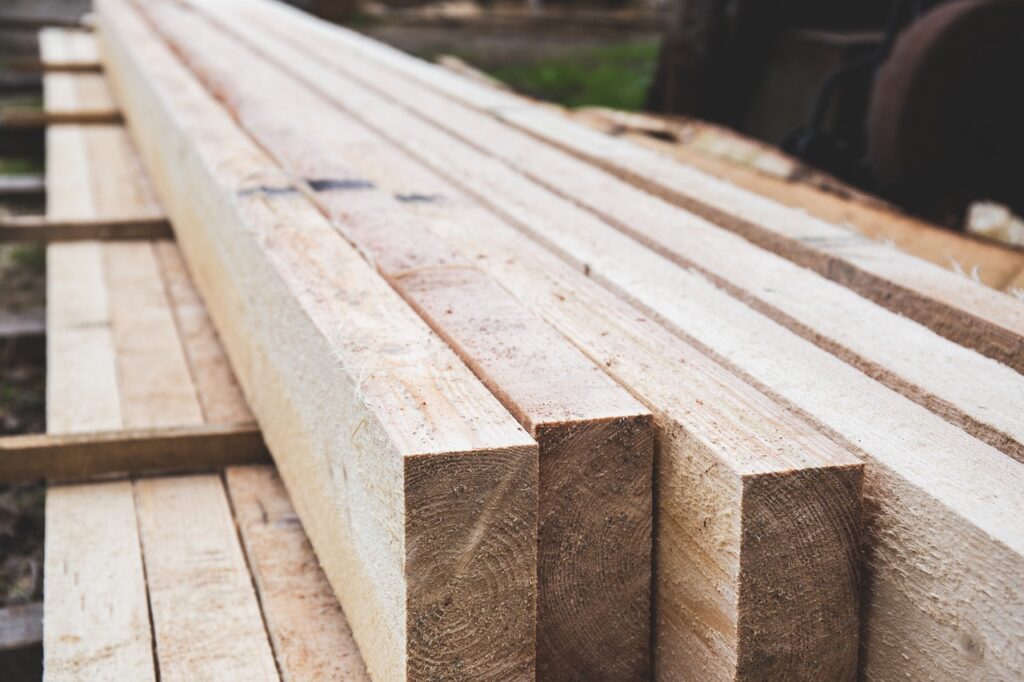
Pros And Cons Of Composite Decking
Advantages of Composite Decking
Low Maintenance: Composite decking offers a low-maintenance alternative to traditional timber decking, eliminating the need for frequent staining and repair. This not only saves homeowners time and effort but also significantly reduces the long-term costs associated with deck maintenance. As a result, choosing composite decking can provide a more sustainable and cost-effective solution for outdoor living spaces.
Durability: Engineered for durability and longevity, composite materials are specifically designed to resist fading, staining, scratching, and mold, making them an ideal choice for homeowners who prioritize low maintenance and lasting beauty in their outdoor spaces. The advanced technology used in the manufacturing of these materials ensures that they can withstand the harsh elements and heavy foot traffic without compromising their appearance over time. This makes composite materials a long-lasting solution that busy homeowners will appreciate for years to come, as they require minimal upkeep while maintaining their aesthetic appeal.
Eco-Friendly: Composite decks are not only environmentally friendly due to their construction from recycled materials, but they also contribute significantly to reducing waste and minimizing the demand for new, virgin timber. This sustainable choice helps preserve natural resources and forests, ensuring that the ecological balance is maintained. Furthermore, by opting for composite decking, homeowners can enjoy the beauty and functionality of wood without the guilt of contributing to deforestation, making it an ideal option for eco-conscious individuals looking to make a positive impact on the planet.
Disadvantages of Composite Decking**
Initial Cost: Composite decking, while initially more expensive than traditional timber, offers a cost-effective solution in the long term due to its lower maintenance requirements. Unlike wood, composite materials resist weathering, fading, and insect damage, meaning homeowners can save on repairs and upkeep. Over the years, this can significantly reduce the total cost of ownership, making the initial investment in composite decking a wise financial decision.
Aesthetic Differences: For certain homeowners, the visual appeal of composite decking might not fully capture the authentic beauty and natural essence that real wood provides. This preference stems from the material’s inherent characteristics, where composite options, despite their durability and low maintenance, may lack the unique textures and color variations found in natural wood. As such, individuals who prioritize aesthetic authenticity in their outdoor spaces might lean towards real wood decking to achieve that classic, timeless look.
Potential for Heat Retention: In direct sunlight, composite materials used for decking or outdoor surfaces can absorb a significant amount of heat, becoming uncomfortably hot underfoot. This is an important consideration for those designing barefoot-friendly outdoor spaces, such as patios, pool decks, and playgrounds. Choosing materials that stay cooler or installing shading options can help mitigate this issue and ensure the comfort of users in sun-exposed areas.

Cost Comparison
When you’re standing at the crossroads of deciding between timber and composite decking, it’s easy to be swayed by the initial price tag. Timber decking, with its natural charm and seemingly budget-friendly cost, can initially seem like the more attractive option. But here’s the thing – appearances can be deceiving, and what seems like a bargain at first glance might not be so wallet-friendly in the long run.
Let’s dig a little deeper into this. Timber decking, for all its aesthetic appeal and traditional feel, demands a significant amount of maintenance to keep it looking good and functioning well. We’re talking regular sanding, staining, and sealing – chores that not only eat into your weekends but also into your bank account over time. And let’s not forget, despite your best efforts, timber is prone to wear and tear from the elements. It can warp, splinter, and rot, leading to potential replacement costs down the line.
On the flip side, composite decking presents a different story. Yes, the sticker shock of its higher initial cost can be a bit daunting. However, this is where it’s crucial to play the long game in your financial planning. Composite decking is a concoction of wood fibers and plastics, designed to mimic the look of natural wood while sidestepping many of its maintenance headaches. This innovative decking solution doesn’t require the annual maintenance ritual that timber does. There’s no need for staining, sealing, or sanding. Plus, it boasts a resilience against fading, staining, scratching, and mold, ensuring it keeps its pristine appearance for years to come.
The durability factor of composite decking is another aspect where it shines. It’s built to withstand the rigors of weather and wear, making it a smart investment for those looking to enjoy their outdoor space without the constant upkeep. Over time, the savings in maintenance costs and the hassle spared can make composite decking the more economical choice, proving that the initial investment can pay dividends in the long run.
In essence, while timber decking may win the initial cost comparison, it’s the marathon, not the sprint, that counts when considering your decking options. Composite decking, with its blend of longevity, low maintenance, and enduring beauty, often emerges as the more cost-effective choice over time. So, when weighing your options, it pays to look beyond the upfront costs and consider the long-term implications of your decking material choice.
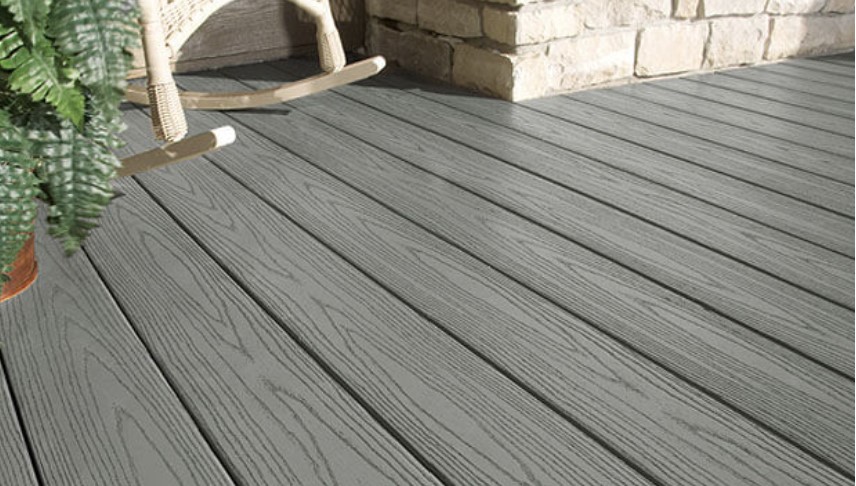
Installation And Maintenance
Installing Timber and Composite Decking
When considering adding a deck to your home, whether it’s timber or composite, it’s strongly advisable to opt for professional installation. This approach not only guarantees compliance with New Zealand’s stringent building codes but also plays a pivotal role in extending the deck’s durability and overall lifespan. A seasoned installer brings invaluable expertise, especially in laying down a solid foundation and framing, which are fundamental aspects of deck construction.
It’s important to recognize that each decking material, be it timber or composite, has its unique requirements and characteristics that need to be carefully considered during installation. By entrusting this task to professionals, you ensure that your deck is not only built to last but also tailored to perfectly suit your outdoor living space, blending aesthetics with functionality.
Maintaining Your Deck
Maintaining a timber deck involves a bit more effort and diligence to ensure its longevity and beauty. Homeowners must commit to a regular maintenance schedule, which includes thoroughly cleaning the deck, applying a fresh coat of stain periodically to protect the wood, and inspecting the deck for any signs of damage that need to be addressed promptly.
On the other hand, composite decks offer a more carefree alternative for those looking to enjoy their outdoor space without the added maintenance tasks. These decks typically need nothing more than a simple wash with soap and water to keep them looking fresh and clean. This makes composite decking an appealing choice for many homeowners who prefer to spend their time enjoying their deck rather than maintaining it.
Environmental Impact
When it comes to choosing between timber and composite decking, there’s more to consider than just the aesthetic and maintenance aspects. Environmental considerations play a significant role in making this decision, especially for homeowners who are deeply committed to sustainability. Opting for timber decking can be environmentally friendly if the wood is responsibly sourced, ensuring that it comes from forests managed with conservation in mind.
On the other hand, composite materials present a compelling eco-friendly choice as well, as they are often made from recycled plastic and wood waste, reducing the demand on virgin resources and helping to minimize waste. Both options offer sustainable pathways for eco-conscious homeowners, making it possible to enjoy beautiful outdoor spaces while also caring for the planet.
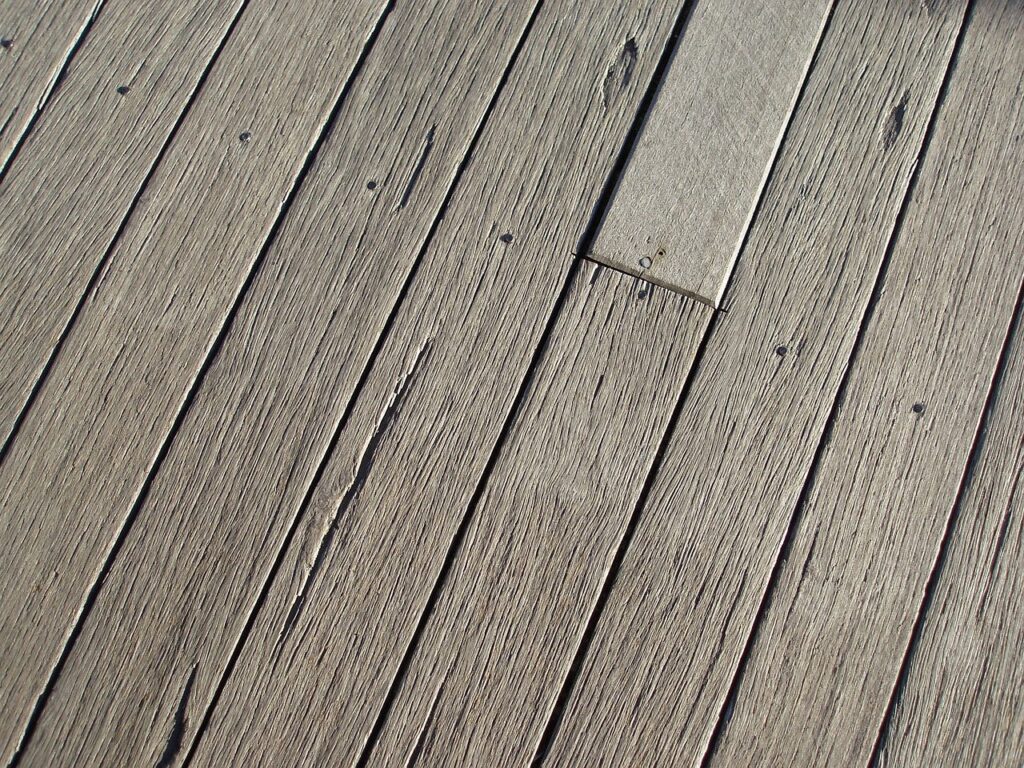
Case Studies
Exploring real-life decking projects throughout New Zealand offers a treasure trove of useful insights for homeowners and designers alike. Whether it’s the serene coastal retreats where timber decks gracefully merge with the natural landscape, providing a seamless outdoor living space, or the bustling urban homes that opt for composite decking, these examples showcase the versatility and durability of different materials. The case studies not only reveal the practical applications of each decking material but also underscore the level of homeowner satisfaction, demonstrating how these choices enhance outdoor living areas.
From the aesthetics to the functionality, the stories behind these decking projects illustrate the thoughtful consideration homeowners put into selecting materials that fit their lifestyle and environment. It’s fascinating to see how these choices come to life, creating spaces that are not only beautiful but also highly functional, meeting the unique needs of each homeowner.
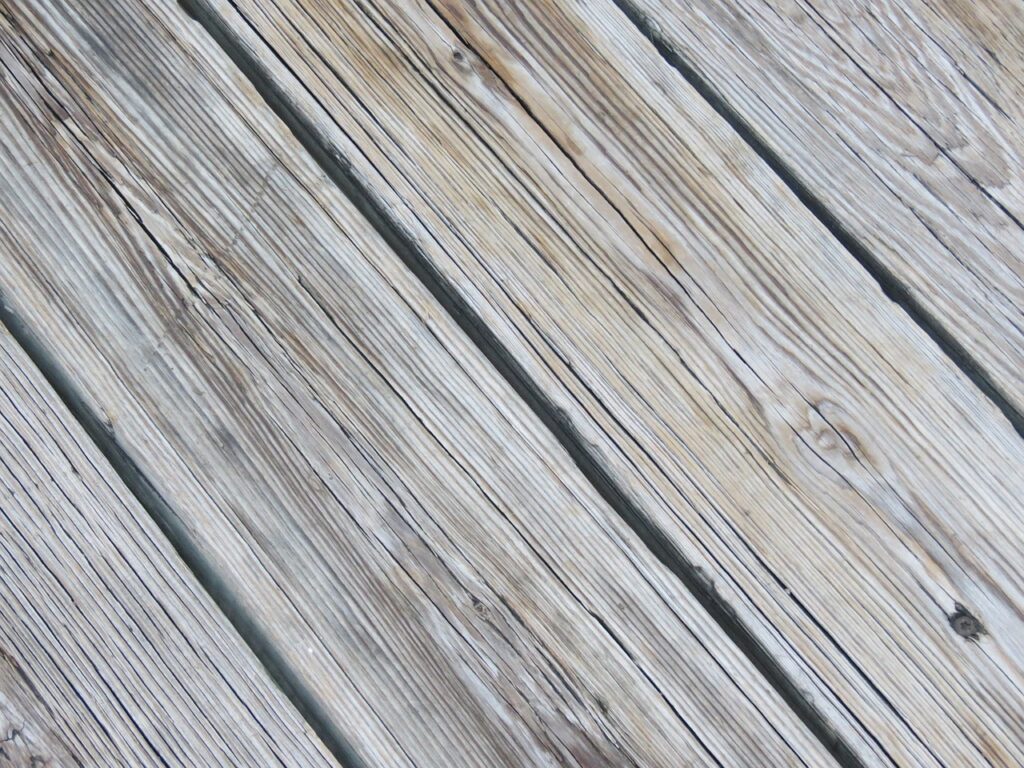
Making the Right Choice For Your NZ Home
Choosing the perfect decking material for your home is more than just about looks; it’s about finding the balance between beauty, practicality, affordability, and ease of maintenance. It’s essential to consider how each option fits with your day-to-day life, especially when thinking about the long-term enjoyment and use of your outdoor space.
The climate of your region in New Zealand plays a significant role too, as some materials may fare better in certain weather conditions than others. Additionally, the quality of the material and the warranty that comes with it are crucial factors. These can offer peace of mind, knowing that your investment is protected. Getting professional advice tailored to your unique needs and situation can make all the difference, ensuring you make a choice that you’ll be happy with for years to come.

Conclusion
The ongoing debate surrounding the choice between timber and composite decking in New Zealand encompasses a wide array of considerations, ranging from the immediate visual appeal and initial financial outlay to considerations of durability, upkeep, and the broader environmental implications over time. When navigating through these factors, it’s essential to weigh them against your own tastes, lifestyle needs, and the specific demands of your outdoor area.
This approach ensures that the decking material you select not only complements and elevates your exterior living spaces but also stands the test of time, blending seamlessly with your home while catering to your personal ethos and practical requirements. This decision-making process is not just about picking a material; it’s about making a thoughtful choice that reflects your values and enhances your quality of life, ensuring your outdoor space remains a cherished extension of your home for many years to come.
Find A Professional Deck Builder Near You!
- Balcony Construction Christchurch
- Deck Builders Alexandra
- Deck Builders Alexandra, Clyde & Cromwell
- Deck Builders Auckland
- Deck Builders Central Otago
- Deck Builders Christchurch
- Deck Builders Clyde
- Deck Builders Cromwell
- Deck Builders Hamilton
- Deck Builders Hawkes Bay
- Deck Builders Invercargill
- Deck Builders Kapiti Coast
- Deck Builders Lower Hutt
- Deck Builders Nelson
- Deck Builders Palmerston North
- Deck Builders Porirua
- Deck Builders Queenstown
- Deck Builders Taupo
- Deck Builders Upper Hutt
- Deck Builders Wanaka
- Deck Builders Wellington
- Deck Builders West Auckland
- Deck Staining Palmerston North
About the Author:
Mike Veail is a recognized digital marketing expert with over 6 years of experience in helping tradespeople and small businesses thrive online. A former quantity surveyor, Mike combines deep industry knowledge with hands-on expertise in SEO and Google Ads. His marketing strategies are tailored to the specific needs of the trades sector, helping businesses increase visibility and generate more leads through proven, ethical methods.
Mike has successfully partnered with numerous companies, establishing a track record of delivering measurable results. His work has been featured across various platforms that showcase his expertise in lead generation and online marketing for the trades sector.
Learn more about Mike's experience and services at https://theleadguy.online or follow him on social media:


